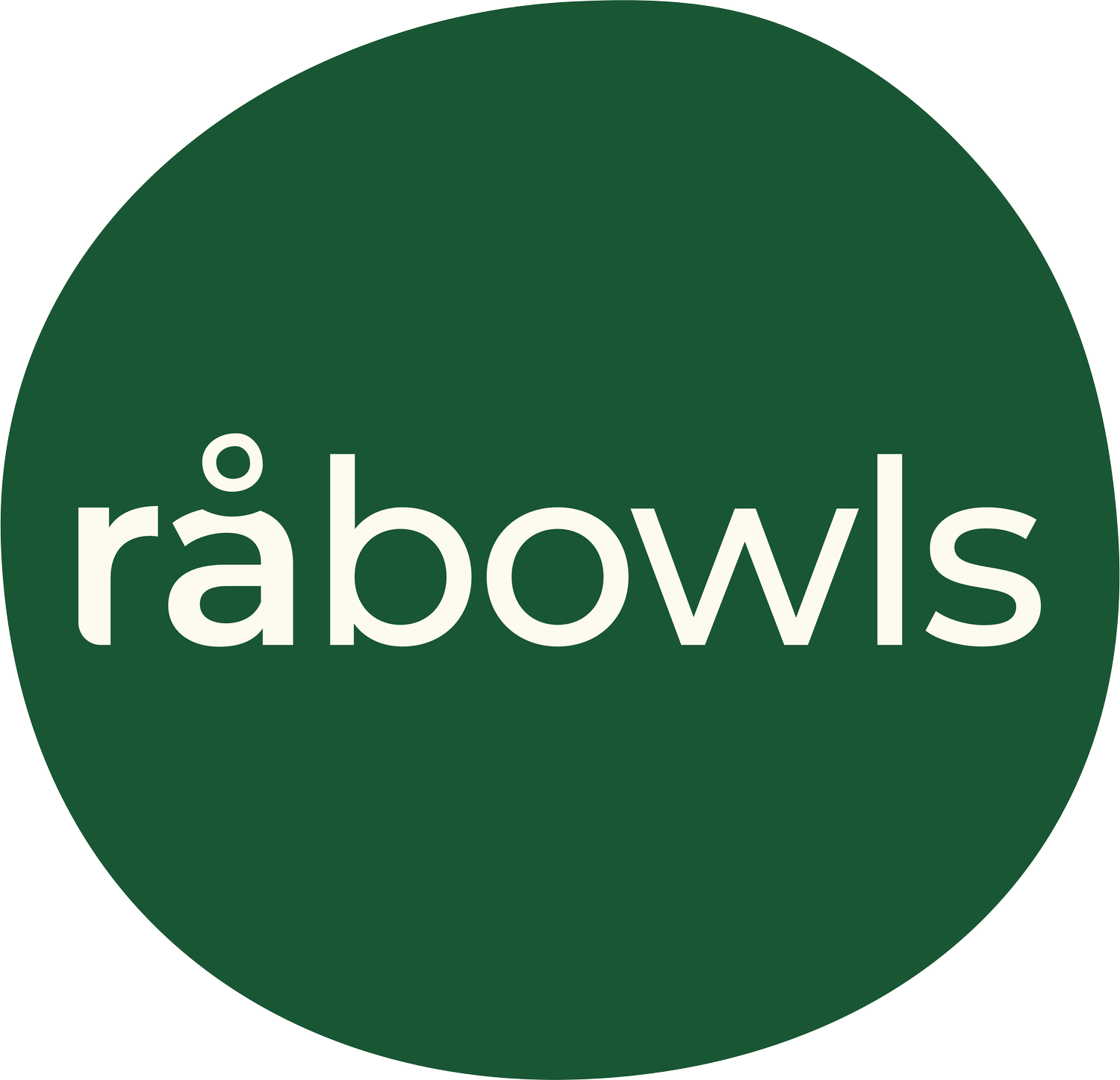red cabbage
origin:
purple cabbage belongs to the plant family of brassicaceae to which further belong: cauliflower, kale, broccoli, chinese cabbage, kohlrabi, bok choy, radish, brussels sprouts, watercress and white cabbage. purple cabbage originates in the 16th century from southern europe and was first cultivated by celtic and nordic cultures, probably because it grows best in colder climates. purple cabbage is a standard vegetable in many northern countries like the uk, germany, denmark and of course the netherlands where it is often used as an ingredient in one-pots. however, also asia and africa picked up on cabbage and now use it in stir frys and other potato and rice-based dishes.
properties:
red cabbage is very filling because of its substantial volume yet at the same time very low in calories. 100 grams contain just 30 calories, 7 grams of carbohydrates, 1.5 grams of protein, 2.5 grams of fibre and only 0.1 grams of fat. the main micronutrients are vitamin a, c and k as well as folate and potassium.
benefits:
the high amount of vitamin c in purple cabbage helps boost the immune system by enhancing white blood cell production whilst the high amount of vitamin a is essential in the protection of eye health and vision as we age. and purple cabbage is not called a beauty food for nothing: it is full of sulphur, a substance the body uses to produce keratin - a protein responsible for strong and healthy hair, skin and nails. last but not least, vitamin k stimulates a healthy brain function whilst potassium increases blood flow throughout the body.
use:
purple cabbage is very versatile and can be eaten raw in salads, cooked, steamed, baked, grilled or in stir frys. however if you have a sensitive stomach, it’s best to eat it at least somewhat cooked. the taste is enhanced by olive oil and a little bit of sea salt. to pair it with asian dishes try using peanut oil and add some low sodium soy sauce. It pairs well with carrots, broccoli, rice, potatoes, tofu, quality red meat and different kind of legumes. and it’s deep purple color adds a little rainbow to every plate.
to sum up:
"Rode kool" or "Rotkohl" is extremely good for you!
looking for more? just come by and visit our vegan restaurants in the city centre of groningen and hamburg. we offer fresh, healthy, and delicious vegan bowls, salads and juices for pickup and delivery!
